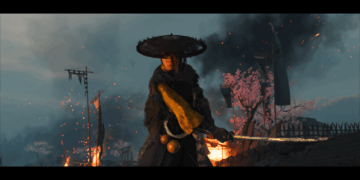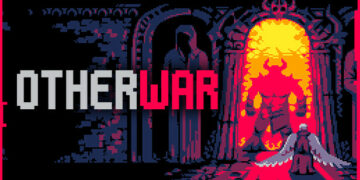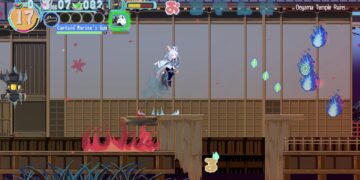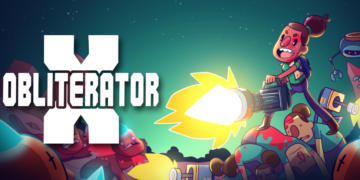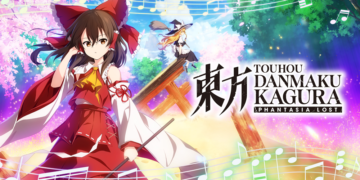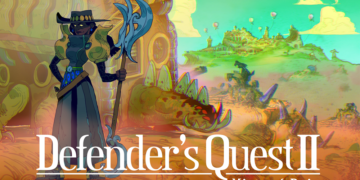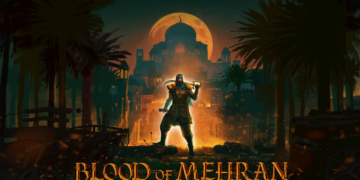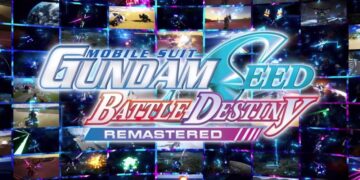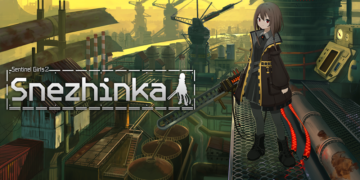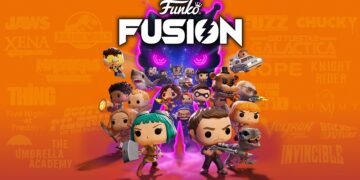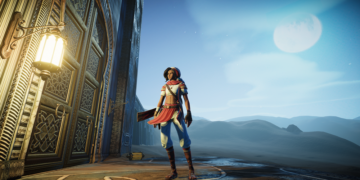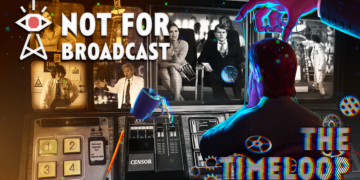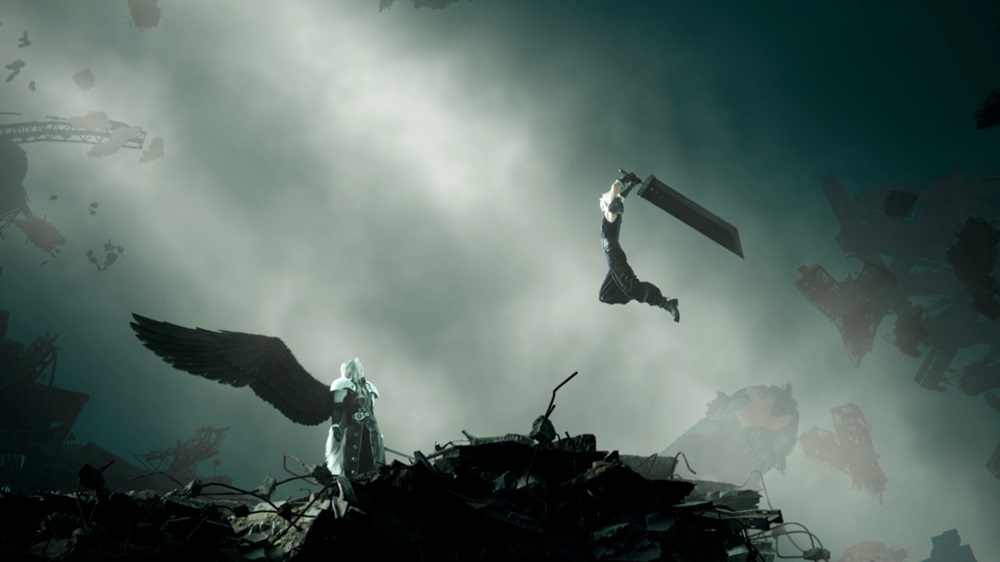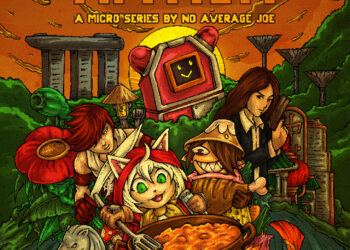Final Fantasy VII is one of the most significant remakes of the century, making fans around the world scream, cheer, and celebrate when it was initially announced a decade ago. Although the Remake was released during the challenging times of 2020, it soared to massive sales numbers as players were stranded at home, leading to a breakthrough moment—selling 3.5 million units within the first three days.
Fast forward to 2024, the sequel, Final Fantasy VII Rebirth, has achieved the same level of success as the Remake, standing as a prime example of how to faithfully rebuild a classic for the modern era.
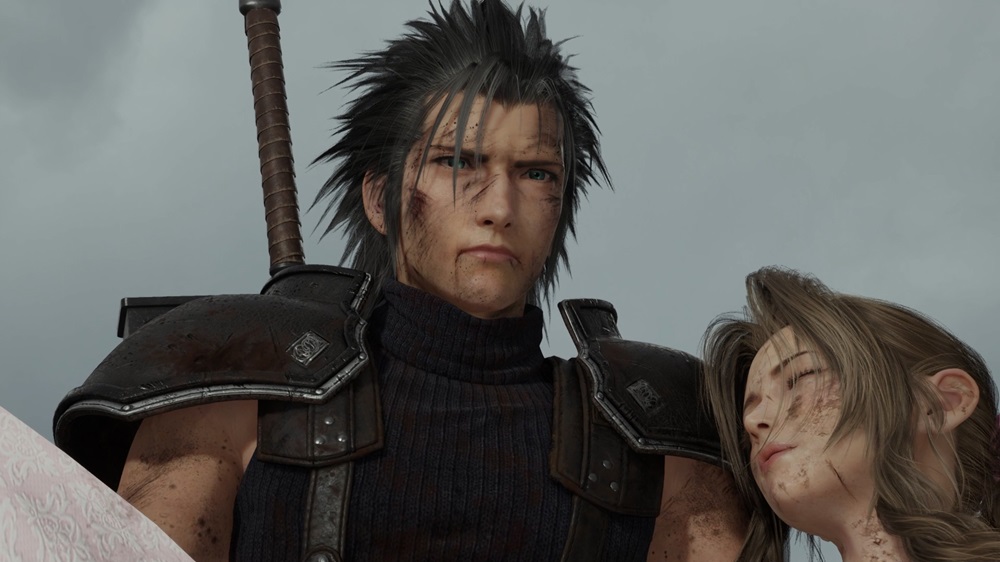
Almost a year later, Rebirth has now made its way to the PC, allowing players to relive all its glory beyond the Playstation 5. Once again, players can experience just how menacing Sephiroth is, with his deadly Masamune and iconic One-Winged Angel aura. Fortunately, Square Enix has learned from its past PC ports, and Rebirth launched with minimal hiccups, running impressively well. Although we didn’t have multiple devices to test it on, the game performed brilliantly on a Ryzen 9 5900X, RTX 3070, 32GB RAM. A flawless 60fps lock at 1440p makes the gameplay feel even smoother and more satisfying than ever.
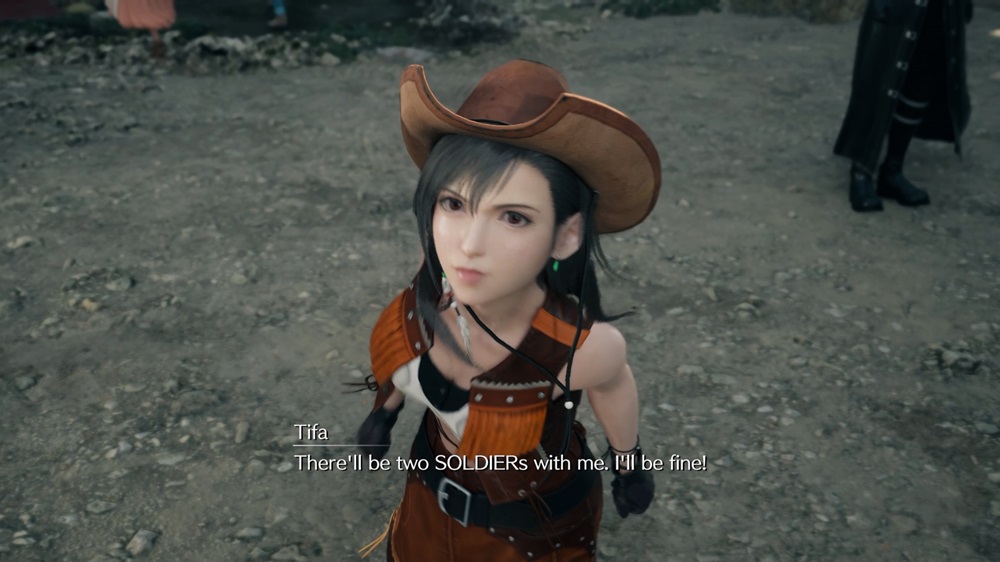
Building on the strong fundamentals of the original, Square Enix has introduced numerous quality-of-life improvements, making the experience more accessible while adding depth. With new gameplay features, additional playstyle options, and deeper combat mechanics, players have been going wild over the refinements. While the narrative deviates from the original in some ways—leading to mixed reactions from the long-time fans—it still manages to grip players, keeping them engaged through to the very end.
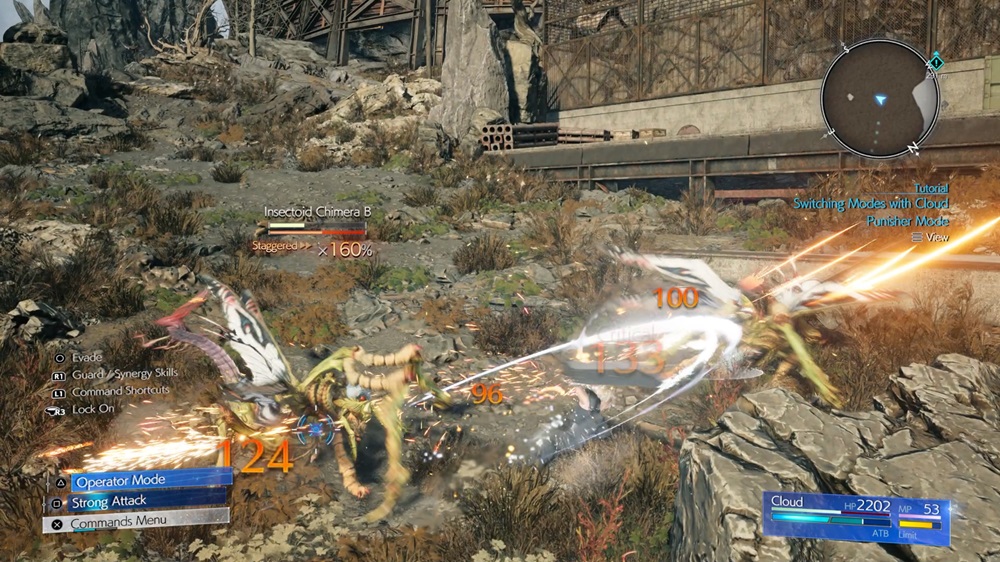
Once players make their way past the prologue, Rebirth allows players to venture into the open-world and explore its breathtaking environments—crafted with meticulous love and care. The nostalgia hits strong from the start. While the open-world is divided into distinct “regions”, exploring each area remains enjoyable. However, some players may find that the game occasionally gets repetitive and overly drawn out, slowly turning into a collect-a-thon fiesta that forces players to run around in circles, leaning too heavily into fetch quests.
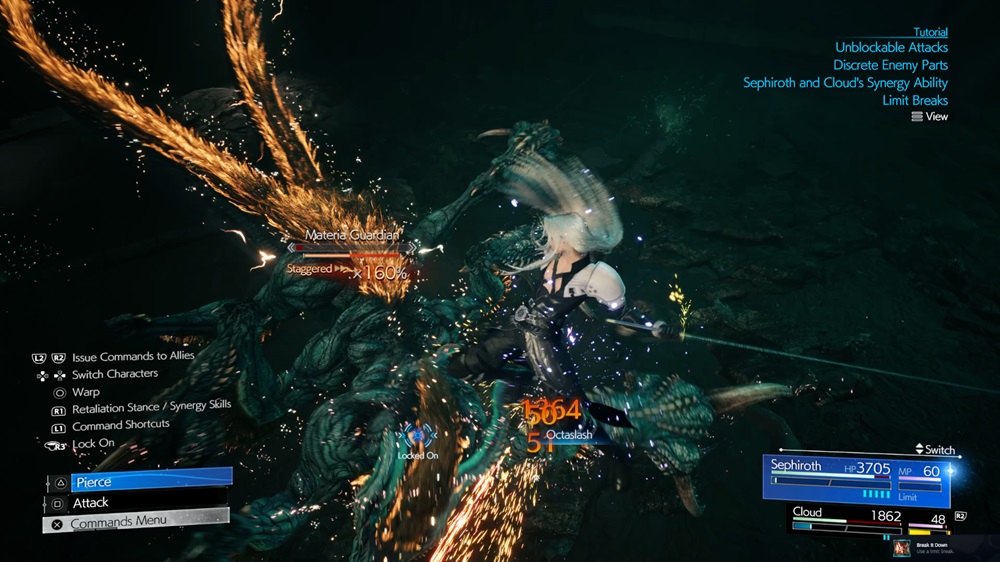
One of the biggest improvements in Rebirth is its combat system. The new Active Time Battle system bridges the gap for players who prefer a more modern hack-and-slash style rather than its classic turn-based combat system. While initially controversial, the hybrid system definitely finds a well-balanced middle ground, offering both strategic depth and fast-paced action. The expanded party system and materia-slotting mechanics add further layers of strategy, inviting players to think strategically when venturing further into the story. Each character gets their own time to shine throughout the story, encouraging players to switch between them to experiment and unlock certain unique combat tactics and powerful team combos.
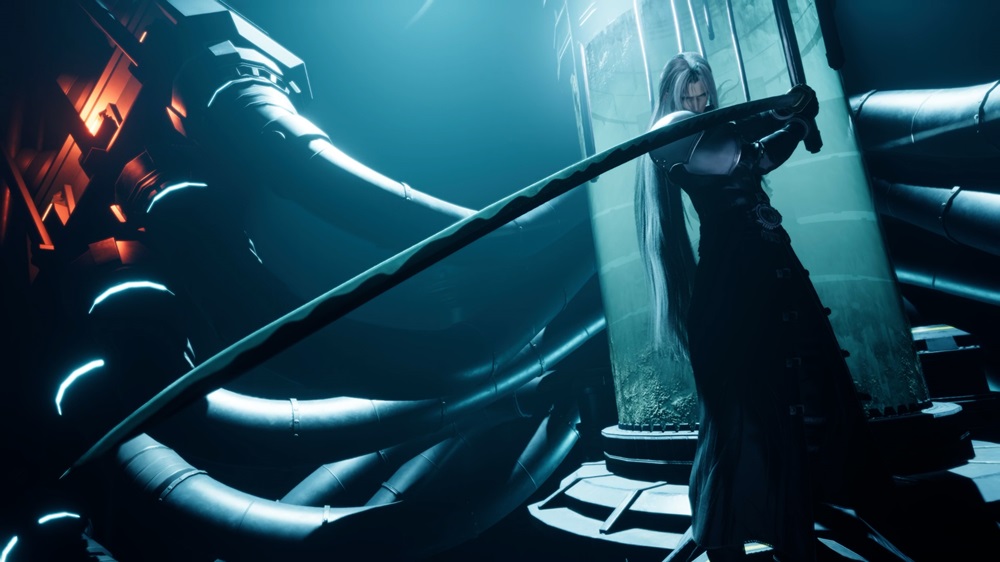
Regarding the PC port, the developers have provided a wide range of graphical settings for players to tweak. Learning from the shortcomings of the Remake’s PC version, Square Enix has vastly expanded configuration options—including Dynamic Resolution Scaling, ocean detail, and fog quality, to name a few. With this in mind, Square Enix is known for overdelivering, and it certainly shows here. From stunning monster designs to intricately crafted characters, one of the standout achievements is the incredibly detailed static backgrounds in the open world. The sheer amount of environmental texture work goes above and beyond, ensuring that every inch of Rebirth’s world is as visually striking and immersive as possible. Many players have even gone back to compare it to the original game to appreciate the level of detail added. And what better way to experience Rebirth than with the DualSense controller, for more immersion with its haptic feedback and adaptive triggers?
In today’s competitive gaming landscape, where short attention spans and live-service models dominate, single-player games like Final Fantasy face an uphill battle. However, true loyal fans and those who appreciate high-quality, narrative-driven experiences continue to show unwavering support. This dedication ensures that the Final Fantasy VII legacy remains alive and well, standing as a benchmark for AAA storytelling and immersive world-building that will be remembered for decades to come.


